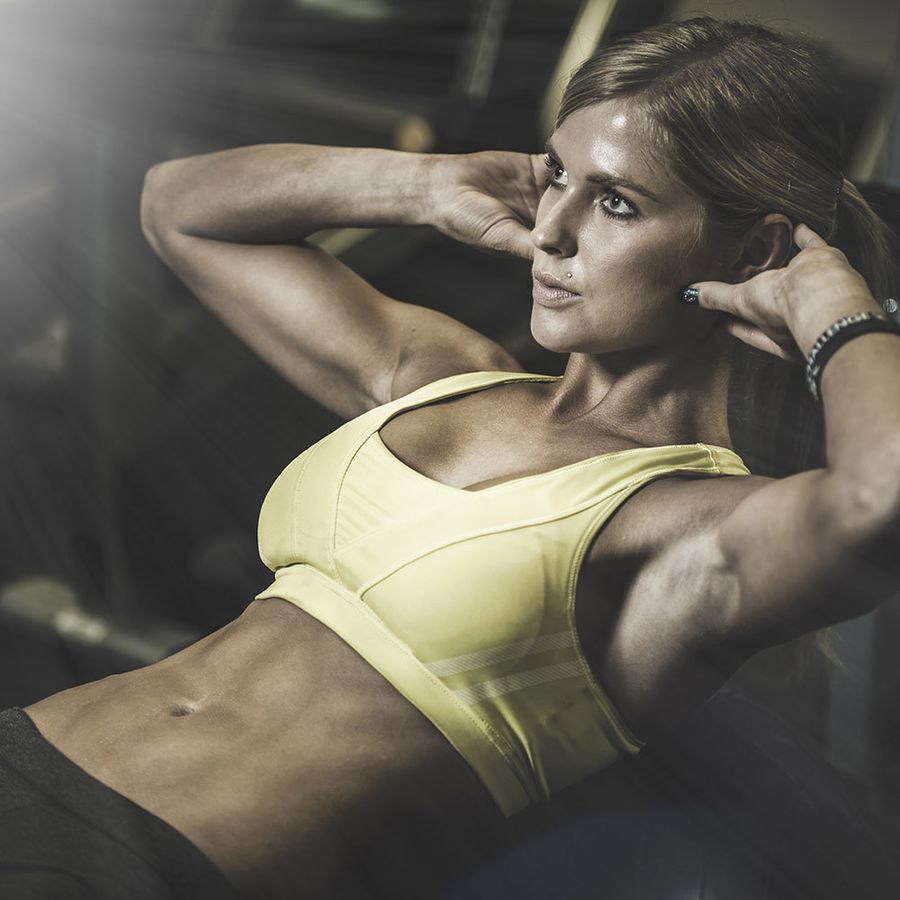
These non-ab muscles are the sneaky secret to a stronger core
*That* Affects Your Abs?!
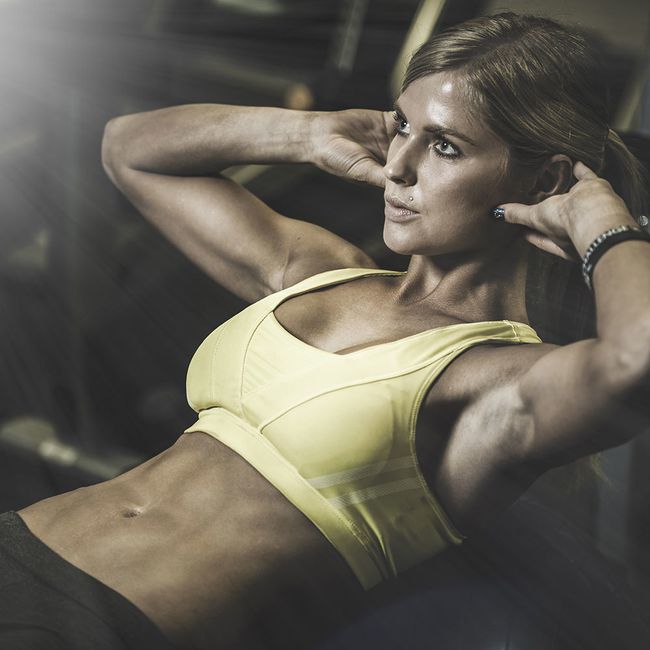
The tightest bellies aren't formed simply by firming the four muscles that make up your abs. "Think back to those athletes' bodies at the Olympics," says Dixie Stanforth, Ph.D., a teaching fellow in the department of kinesiology and health education at the University of Texas at Austin. "One of the things that makes them look so good is that they don't train muscles in isolation. They're not doing abs-only moves. They're using many muscles at once, because that's how the body works best."
In other words, thanks to the domino effect, fine-tuning how much other supporting muscles pitch in during certain exercises can help you trim your waist. Meet five muscles that affect your belly, and find out how to get them to work as ab tighteners. (BTW, mastering these ways to engage your abs during any workout is just as important as pinpointing these five muscles.)
Neck Flexor
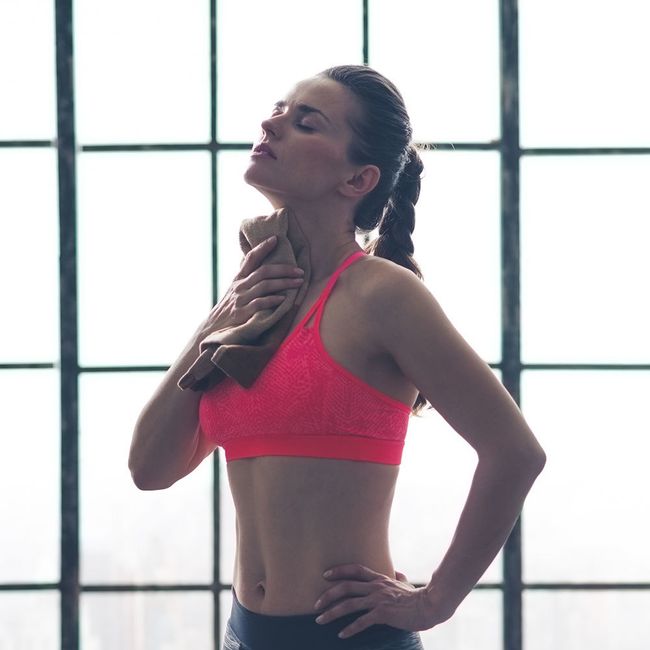
Have you ever noticed that your chin juts toward the floor when you hold a plank? Or that your head seems to lead when you bang out crunches? "That means your neck muscles—specifically the sternocleidomastoid and scalene—are trying to power your abs," says movement specialist Perry Nickelston, D.C., the author of the upcoming Stop Chasing Pain.
To put the work back on your abs, pull your head in line with your shoulders and tuck your chin. And since the back of your neck is often tense and tight, release tension there before you do any ab work: Lie faceup on the floor for a minute or two with two tennis balls placed at the base of your skull on both sides of your spine. (Or try these yoga poses to loosen up your tight neck, shoulders, and traps.)
Diaphragm
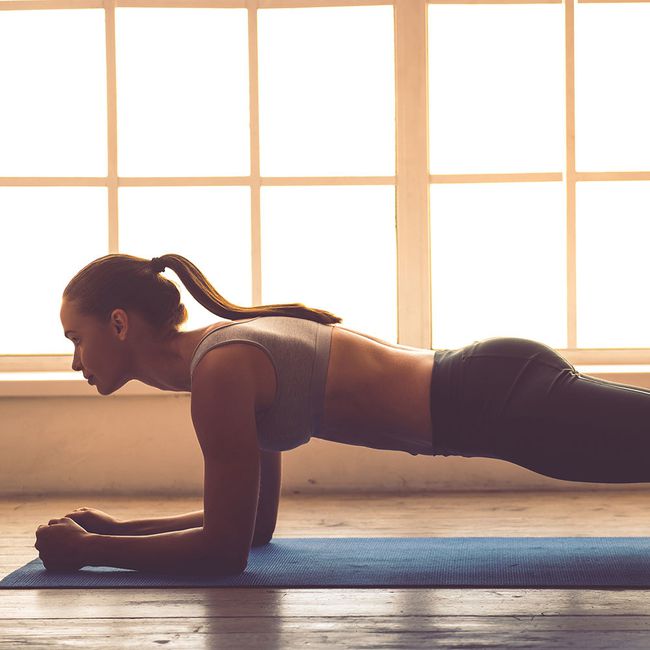
If you typically don't fill your belly with air every breath— and most of us don't—you're short- changing your ab workout. "Breathing shallowly from your chest means you'll never get optimal strength or power during moves like squats, dead lifts, and plyometrics," Nickelston says.
The diaphragm muscle sits below your lungs and is usually on autopilot (meaning it works without you telling it to, but if you train it to work better, it will). It increases intra-abdominal pressure and thus adds to your core stability— especially when you're moving. A wimpy diaphragm makes it tough for your body to stabilize your spine, which puts you at risk for pain, injury, and poor performance during exercise, sapping abs-sculpting opportunities.
"Think of your abs and back as a cylinder and expand both of them as you breathe to more fully engage the diaphragm," Nickelston says. "It's the most important and effective thing you can do to improve your stability." First, perfect the technique when you're at rest: Lie faceup and press the back of your rib cage into the floor with each breath. Now maintain that sensation during core moves to elicit more ab activation and power but also to engage your abs during any exercise you're doing.
Serratus Anterior
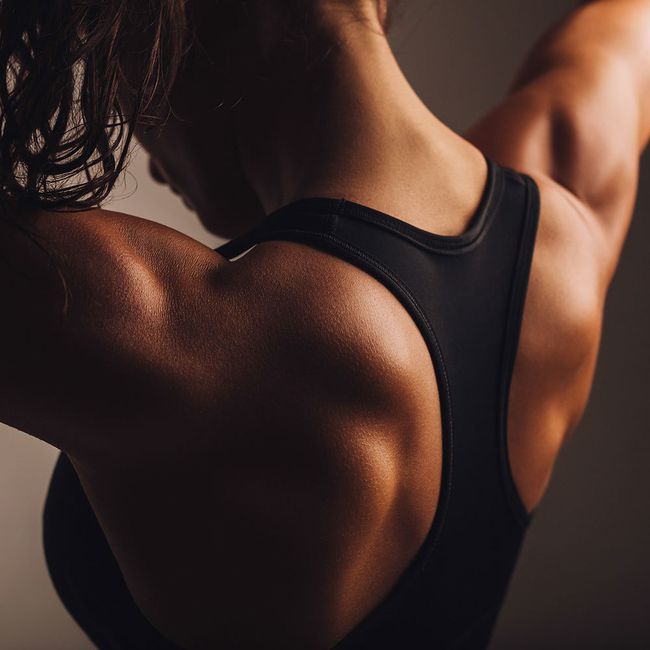
These fingerlike muscles along the sides of your ribs stabilize your shoulder blades, Stanforth says. A sign that they're not firing is if your shoulder blades stick out or "wing" when you're in a plank. Strengthening them will make holding planks and powering through push-ups much easier— and the muscle fibers themselves can make your midsection look super sculpted. To activate your serratus, pull in your front ribs. To toughen them up, hold a plank and press your palms firmly into the floor as you pull your shoulder blades apart. Squeeze them back together; repeat. Do two sets of 12 reps three days a week.
Psoas

This hip-flexor muscle runs from both sides of your lower spine around to your pelvis and is tight (and weak) in most people. And a tight psoas can turn off other muscles, including your abs and butt—meaning you're not getting the most out of your workouts. It may also tilt the pelvis forward, making your abs protrude and giving the appearance that you have a belly, Nickelston says.
Stretch and strengthen your psoas with this move: Kneel on the floor on your right knee with left foot flat in front of right knee, hands on hips. Shift hips forward, without tilting them up or overarching your back, so you feel a stretch through the front of your right hip. Hold for 30 seconds, then drive your right knee into the floor as if you’re trying to bring it forward (it won’t move). Hold for 10 seconds; release. Repeat twice. Switch legs; repeat. (P.S. this is just one of 5 Crucial Stretches Your Body Needs.)
To stop your psoas from taking over during floor ab moves, don't anchor your feet, says Stanforth. "Instead, place the soles of your feet together and let your knees open wide to release the psoas and let your abs do the work."
Adductor
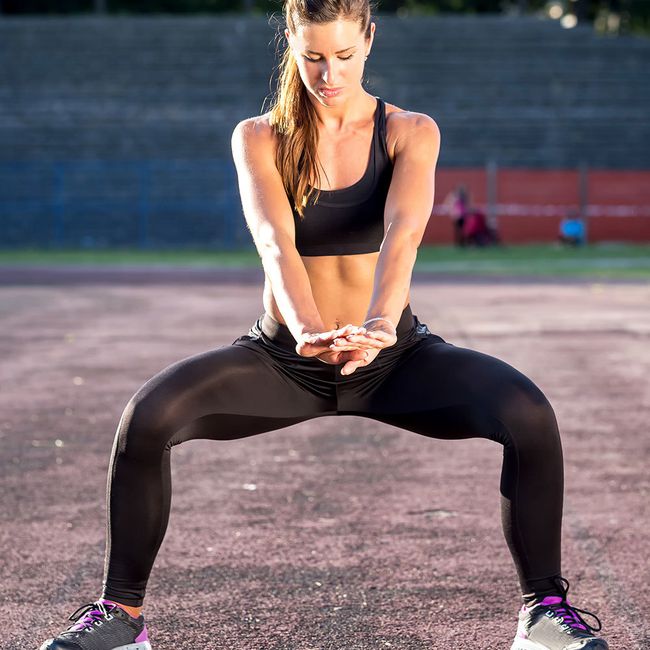
The adductor muscles are your inner thigh muscles. When they work together with your abs (especially the obliques) as they’re meant to, they form a powerhouse center that generates force from the middle of your body out. “Usually the adductors are overused because the abs are weak and underworked,” Nickelston says. (So if you’re doing an inner thigh workout, keep this in mind.)
To teach the adductors and abs to work together, try the Pallof press: Anchor the center of a resistance band around a pole at chest height. Grab ends with each hand; step away until the band is taut. Stand perpendicular to the band with left side facing the pole and legs staggered, left foot in front of right, to start. Hold hands together next to chest for four counts; slowly extend arms forward at chest height for four counts and hold for four. (Resist being pulled to the left.) Return to start. That's one rep. Do five reps. Switch sides; repeat.



































